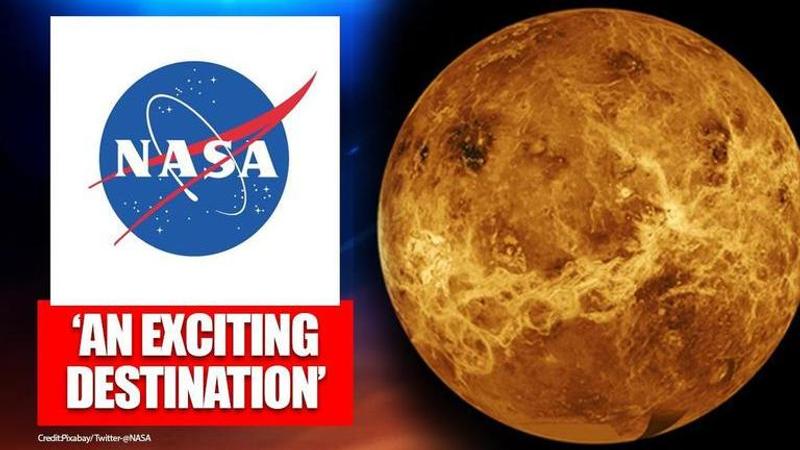Published 11:51 IST, September 17th 2020
NASA mulls planetary missions to study Venus after 'phosphine' discovery
NASA detected flammable gas phosphine on Venus that annihilates life-forms on Earth which yielded signs of extraterrestrial life that now calls for Venus probe.

After the discovery of clouds made of Phosphine, Scientists at the National Aeronautics and Space Administration are considering to launch at least two planetary missions for Venus to study its atmosphere and determine whether a human life would be possible on the planet. The flammable gas phosphine detected on Venus that annihilates life-forms on Earth has yielded the signs of extraterrestrial life, as over 20 parts per billion of phosphine on the planet indicated that a lifeform such as microbes were creating it. In a research published in Nature Astronomy journal, scientists noted that any traces of phosphorus on the planet shall be in oxidized form, but the discovery of the rare, toxic chemical in Venus’ clouds suggested some kind of very robust organism produced it.
[Phosphine, which is a biomarker on Earth, is made up of phosphorus and hydrogen. Credit: ESO/M. Kornmesser/L. Calçada & NASA/JPL/Caltech]
[Signs of phosphine first showed up in data taken with the James Clerk Maxwell Telescope in Hawaii. Will Montgomerie/JCMT/EAO/NASA]
On September 16, NASA’s international research team proposed four missions now under review by the panel, that asked for robotic probes on the Venusian atmosphere. The team submitted the DAVINCI+ proposal that suggests that the space agency must research Venus for habitable dirigibles. Christopher Jones of NASA’s Systems Analysis and Concepts Directorate described Venus as an exciting destination for both further scientific study and future human exploration in a summary document on NASA’s official site. Repeatedly, he had insisted that NASA must launch a multi-phase campaign to explore and potentially settle Venus where the ground temperatures were previously detected to be 800 degrees Fahrenheit. After the recent discovery of phosphine on the planet Venus, NASA Administrator Jim Bridenstine said in a release that it was the apt timing to prioritize Venus.
Discovery Program investigations
While there are no official missions to Venus yet, NASA has selected these Discovery Program investigations and proposed missions by the scientists that comprise of four nine-month studies that will receive $3 million funding by the space agency. On approval, NASA will continue the development of up to two missions towards flight. The mission (Deep Atmosphere Venus Investigation of Noble gases, Chemistry, and Imaging Plus) DAVINCI+ would analyze Venus’ atmosphere to understand how it formed, evolved, and determine whether Venus ever had an ocean.
“The “+” in DAVINCI+ refers to the imaging component of the mission, which includes cameras on the descent sphere and orbiter designed to map surface rock-type,” NASA explained in an official press release.
“The results from DAVINCI+ have the potential to reshape our understanding of terrestrial planet formation in our solar system and beyond,” it added.
The mission would be headed by NASA's Goddard Space Flight Center in Greenbelt, Maryland, principal investigator James Garvin. NASA had earlier launched a project called High Altitude Venus Operational Concept (HAVOC) for the manned Mars mission, however, the teams at NASA had proposed a manned mission to Venus instead, that “is shorter and avoids the complications of landing on a planet and launching from it for a return flight,” according to NASA researchers.
Updated 11:50 IST, September 17th 2020





